Formerly: Port Trust Office
Address: 10 Pansodan Street
Year built: 1926–1928
Architect: Foster & Ward (architects), Clark & Greig (contractors)
The Port Authority’s corner tower is a Yangon landmark. The pitched red tile roof and hand-painted lettering dominate the view from the river and the port. The Corinthian double columns frame arched openings. The enclosed space is covered with green patterns that protect the recessed windows from exposure to the sun. Between the arches, round medallions depict various ships. The entrance is covered by a beautiful entrance canopy similar to the other buildings on this stretch of Pansodan Street. It is slightly arched, increasing its structural height. A recently constructed pedestrian overpass obscures the view of the building from the Strand Road side. While this may be a good thing for pedestrians and traffic flow on this busy thoroughfare, the visual impact is scarring.
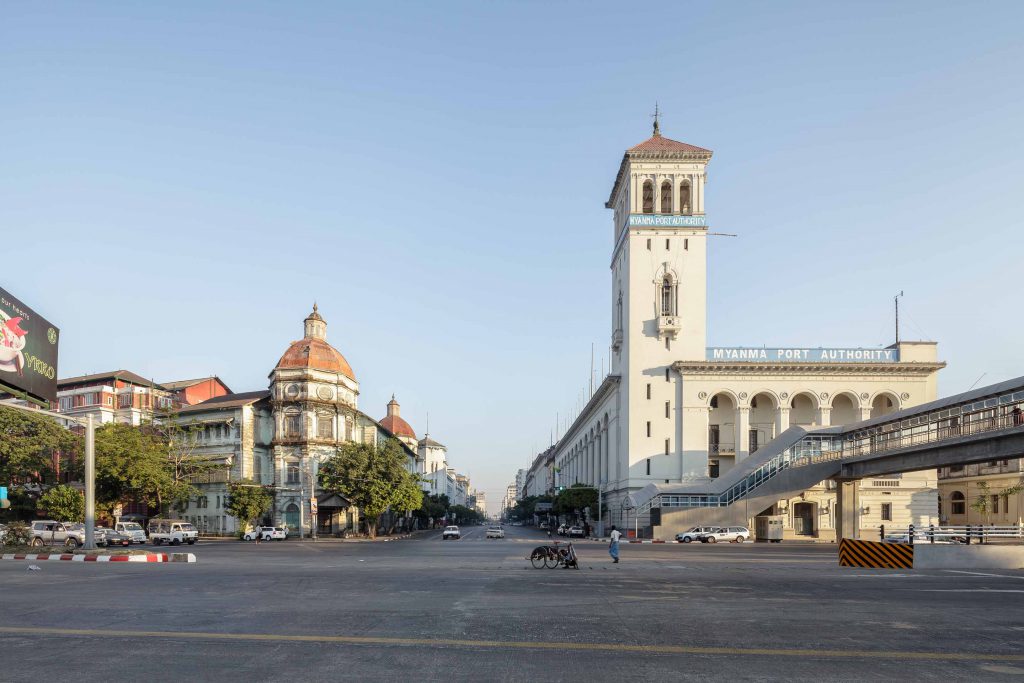
In the late 19th century, Rangoon’s port became one of the busiest in the British Empire. To reflect its growing importance, the old Port Authority on this site was demolished and replaced with this more spacious and modern building. The architect, Thomas Oliphant Foster (1881–1942), was the Government of Burma’s Consulting Architect between 1916 and 1920. His two flagship buildings in today’s Yangon are the Port Authority and the nearby Yangon Division Office Complex. Both reflect a modern and monumental architectural style. This relied heavily on imported steel framing and reinforced concrete.
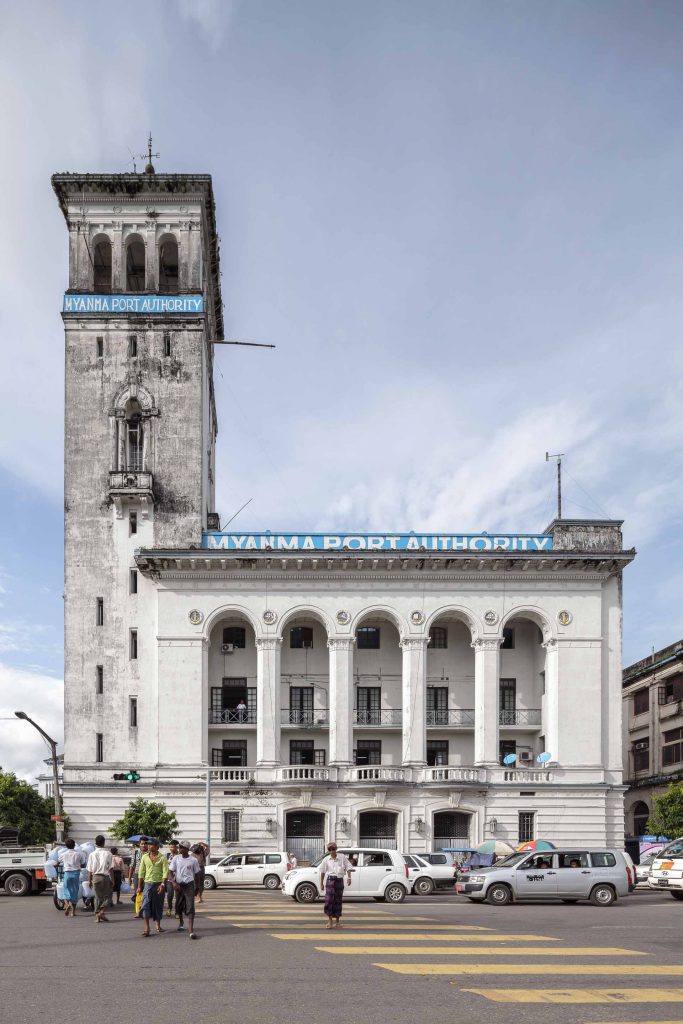
Burma’s chief commodities, rice and teak, were handled in the large wharfs facing the Yangon River. A huge flow of people passed across the jetties. For a time, it was the busiest port in the world. In Crossing the Bay of Bengal, Sunil Amrith quotes a British official who said in 1933: “Until recently second only to New York in importance as an immigration port, Rangoon now occupies pride of place as the first immigration and emigration port of the world.” Most of these passengers were Indian. They became one of the world’s greatest but least-known migrations. According to estimates, around 28 million people crossed the Bay in both directions between 1840 and 1940. Half of that human traffic involved Burma. It was common for Indian labourers to stay for three rice-growing seasons before returning home. Many stayed behind though, and quickly became Rangoon’s largest demographic group. In 1881, the Burmese outnumbered Hindus and Muslims from India. But just 30 years later, there were nearly two Indians for each Burmese.
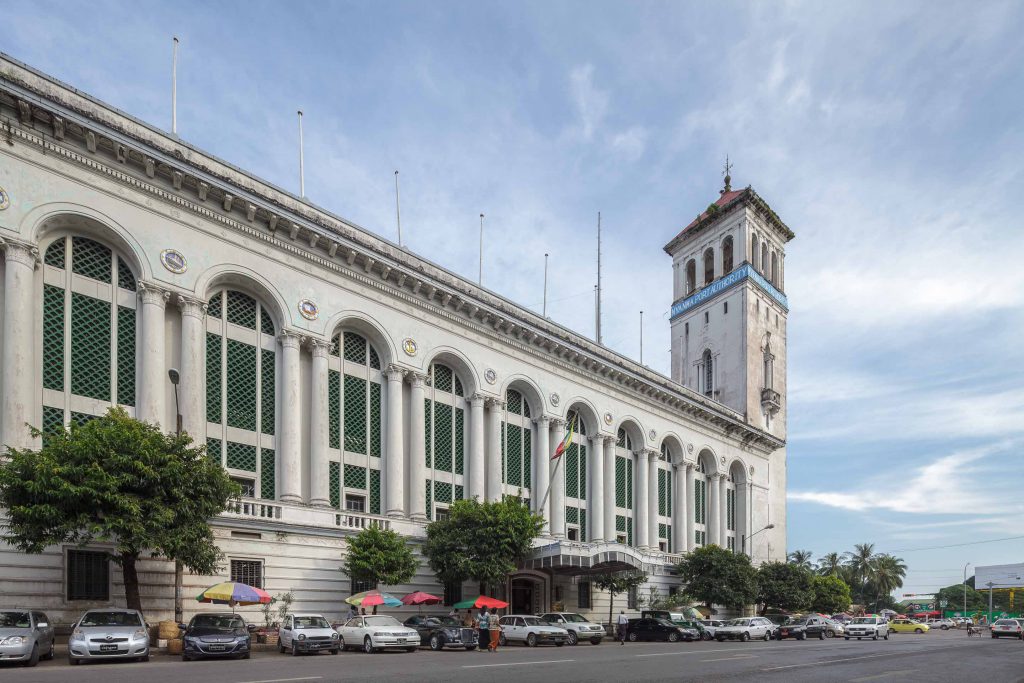
The Port Authority still operates today. Its tasks include the maintenance of the harbour infrastructure such as moorings, wharfs and jetties. With the opening of the country and increases in cargo traffic, major investments are under way in special economic zones. The nearest to Yangon is Thilawa, about 20 kilometres south of the city. It’s a controversial project. Locals complain that this joint venture with Japan’s aid agency JICA has forced people off their land with little consultation and meagre compensation.
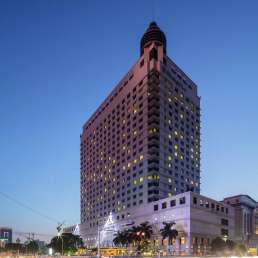
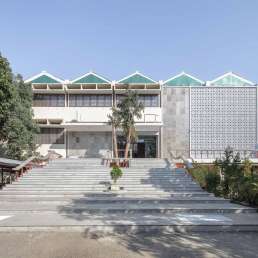
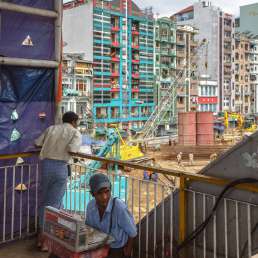
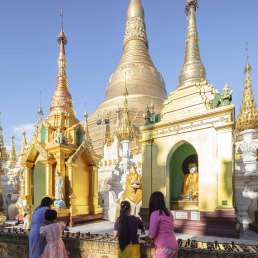
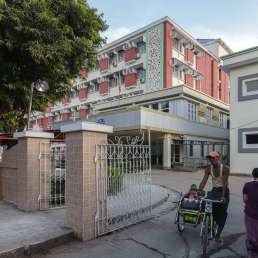
Could there any ways to know port authority’s volume of Ghats or Jettys from 1930 to 1940.
I have enquiry about this.
I would be blessed if anyone kind enough to send me any information regarding this.